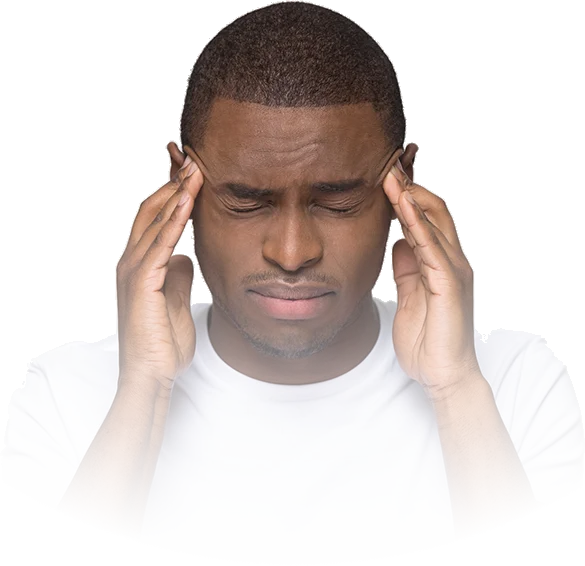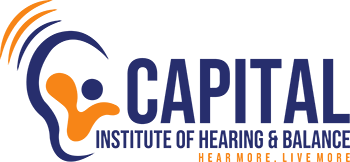Dizziness
& Balance
Dizziness is one of the most common complaints heard by healthcare providers. It is also very complex, having many potential causes.

Problems with the Inner Ear
Dizziness is one of the most common complaints heard by healthcare providers. It is also very complex, having many potential causes.
When someone experiences dizziness, especially vertigo (a spinning sensation), the vestibular system is often the cause. The vestibular system is your inner ear balance organ, which includes the fluid-filled semicircular canals and the gravity-sensing otolith organs (saccule and utricle). If the vestibular system becomes damaged, vestibular disorders can result.
Common Symptoms
Risk Factors for Developing
Vestibular Disorders
Age (40+ years old)
Cardiovascular disease
Chronic ear infections
Diabetes
Gender (women)
Hereditary factors
History of migraine
Infections (bacterial or viral)
Medications (e.g., aminoglycosides, chemotherapy)
Trauma to the ear, neck, and/or head
At Capital Institute of Hearing & Balance, we have the expertise and specialized equipment to thoroughly assess the inner ear to determine its impact on dizziness and balance.
Comprehensive Assessment
The purpose of a vestibular assessment is to determine if the vestibular system is responsible for a patient’s symptoms and may also provide some insight into other potential causes.
Possible Tests Include:
Balance screening
Vestibular Evoked Myogenic Potentials (VEMPs)
Dynamic Visual Acuity (DVA) test
Videonystagmography (VNG)
Dix Hallpike test
Other tests, such as the Vertebral Artery Screening Test (VAST), Cervical Dizziness Test, Head Impulse Test (HIT), Side Lying Test, and/or Auditory Brainstem Responses (ABR) may be performed as appropriate depending on your symptoms and case history.
Preparing for the Vestibular Evaluation
Avoid taking the following types of prescribed and over-the-counter medication within 48 hours of your appointment, as they may interfere with testing.
Medications to avoid before evaluation:
Anti-vertigo and anti-nausea medication (e.g., Meclizine, Antivert, Dramamine, etc.)
Sleeping pills (Melatonin is okay)
Pain medication
Anti-anxiety, anti-depressant, and mood disorder medication
Allergy or cold medication, with the exception of nasal sprays
Antihistamines
If you are concerned about temporarily stopping some, or all, of your medications, please discuss your concerns with your prescribing physician. Bring a list of your medication and supplements (prescribed and over-the-counter) with you to your appointment.
Other Preparations:
Avoid alcohol, tobacco products, and illicit drugs for 48 hours prior to testing.
Avoid high-caffeine beverages (e.g., energy drinks, espresso) the day of testing. These may affect test results.
Provide your audiologist with prior reports and test results related to your symptoms.
Arrange for transportation home. Even though most patients feel fine after testing, some may feel fatigued and/or a bit disoriented.
Get a good night’s sleep. You will be required to be alert and keep your eyes open throughout much of the testing.
You cannot wear your glasses during the test; wear contacts if you have them.
Wear no eye makeup or false lashes; if you have tattooed eye makeup, bring white eyeliner to cover it for testing. The test requires that we are able to target your pupil to track your eye movement. If dark eye makeup is worn on the lashes, lids, or brows, it can interfere with those measurements.
Have nothing to eat at least 2 hours before testing, unless you are diabetic (in which case, you may eat something light). Although most patients tolerate the testing well, some will feel nauseous or queasy. Keep liquids to a minimum.
Wear comfortable clothes and shoes.
